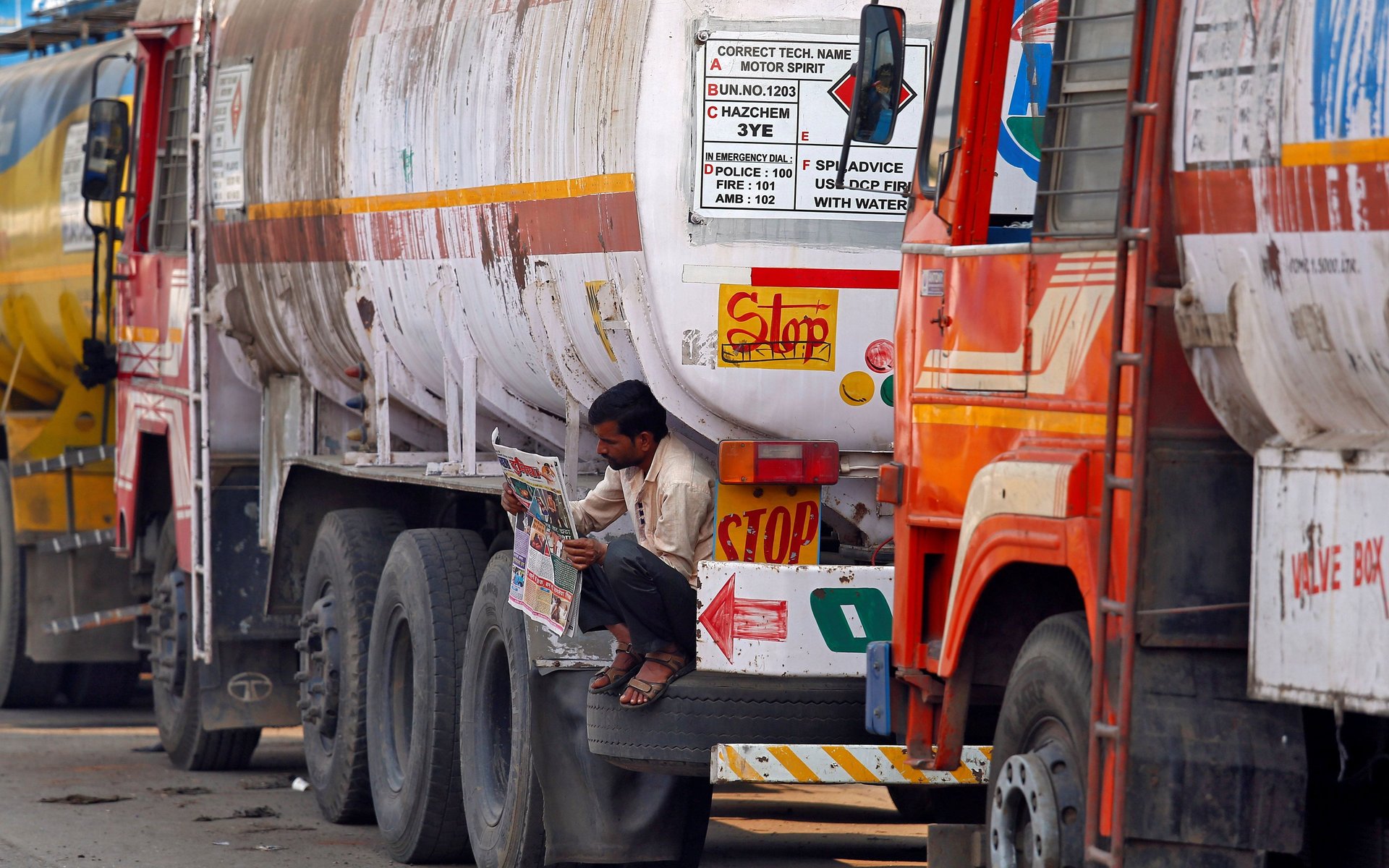Why Indian banks should be worried about the slowing growth of auto companies
The Indian banking system, already reeling under a pile of bad loans from the infrastructure and aviation sectors, is now faced with increased risks from the auto industry.


The Indian banking system, already reeling under a pile of bad loans from the infrastructure and aviation sectors, is now faced with increased risks from the auto industry.
Having cruised along smoothly for half-a-decade, the auto industry, where sales have grown at over 7% on average since 2013, may be in trouble due to a number of factors, according to credit rating agency Fitch.
The speed bump
India’s biggest carmaker Maruti Suzuki posted a 17% year-on-year decline in profits for the October-December 2018 quarter. It was also industry major Tata Motors’ third consecutive quarter in the red.
Automobile sales had grown by 15% in the last financial year, but “the new normal will be sub-10%. That we have to get used to,” Kumar Kandaswami, partner with Deloitte India, had told Quartz last month.
Commercial vehicle sales have suffered more than those of personal vehicles as the NBFCs’ liquidity crunch made loans more difficult to come by, said Darshini Kansara, deputy manager at CARE Ratings.
And things are expected to get worse.
The Indian economy’s growth rate may dip a little to 7% in the next financial year, according to a report published by Fitch last week. “This may limit demand for commercial vehicles,” said Arvind Rana, associate director at the rating agency.
The rather volatile Indian rupee is expected to depreciate to the 75-a-dollar mark by the end of this calendar year, the agency believes. At present, India meets nearly 80% of its fuel demand via imports. If the domestic currency slides, petrol and diesel prices would rise, hitting the auto industry badly.
“This could hurt the operating margins of truck owners if higher costs are not passed on to customers, which can be difficult during stressful periods,” the report added.
Unbankable?
Although Indian banks’ overall exposure to the auto sector is not known, this downturn couldn’t have come at a worse time for the lenders.
Their non-performing assets (NPA) stacked up to over $150 billion as of January 2018. The gross NPA ratio stood at 10.8% in September 2018 which means that more than Rs10.8 out of every Rs100 lent by the bank is at the risk of sinking.
“Banks usually give loans for two-wheelers and passenger cars, and NBFCs for commercial vehicles,” Kansara said. “The IL&FS default has created a liquidity crunch in the entire NBFC industry. That has a ripple effect on the auto industry as well.” The commercial vehicle segment, she said, will likely feel the pain till the first quarter of the next financial year that starts on April 01.
Auto as a sector is both dependent on individuals and businesses for growth and, therefore, during a downturn, the sector often ends up feeling the pinch more than other industries. “The global macroeconomic conditions have also not been very robust and economic growth is expected to slow down, if this is coupled with the worsening situation back home then auto sector may end up suffering,” said an analyst at another rating agency, requesting anonymity. “However, it is the election year and so a lot of this is unclear at the moment and a clear picture will emerge only in the second half of this calendar year.”
All’s not lost
Yet, this time around, the situation may not be as bad as 2012-2013. “At that time defaults on the loans had shot up by 2-3 times (from 90 days) but we think that most major players including the auto NBFCs that finance such loans are better prepared this year,” Rana told Quartz.
The NBFCs have reduced the loan-to-value ratio in certain segments, which means the loan amount is lesser, in turn reducing the exposure in case of a default. Moreover, the lending process in the past few years has become more stringent, reducing the risks of default, believe experts.
Moreover, it is too early to worry anyway, say some lenders. “There are no stress signs in the rural economy and monsoons are also expected to be on track. Therefore, we do not see credit cost increasing right now,” said the strategy head at an NBFC that specialises in financing loans to the auto sector, requesting anonymity.